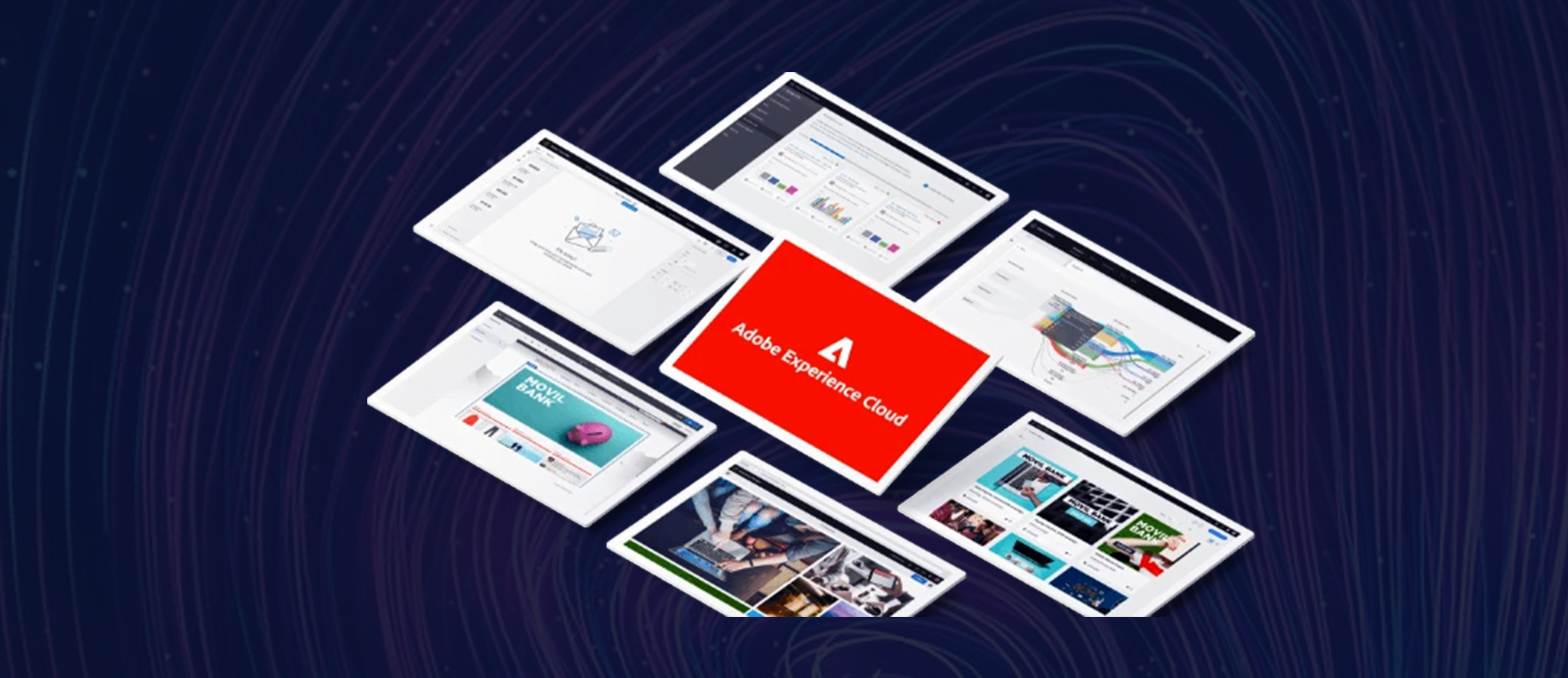In today’s world, fitness has become an integral part of our lives. With growing awareness of the importance of leading a healthy lifestyle, people are increasingly adopting fitness regimes to stay in shape and improve their overall well-being. However, keeping track of fitness goals can be a daunting task, and that’s where the services of a fitness app development company come in.
Fitness apps have become increasingly popular in recent years, offering a range of features and benefits that make it easier for users to stay on top of their fitness goals. These apps are designed to track workouts, monitor progress, offer personalized recommendations, and provide motivation and support to users. Creating an impactful fitness app requires a well-planned approach that considers user needs, functionality, and engagement. At A3Logics, we understand the importance of building a high-quality fitness app that can make a real difference in people’s lives.
This blog will guide you step-by-step through creating an impactful fitness app to help users achieve their fitness goals. Whether you are an entrepreneur looking to launch a fitness app or a fitness enthusiast looking to build an app for personal use, this blog will provide valuable insights and practical tips to help you succeed. We will cover various topics, including app design, features, user engagement, marketing, and more. Our goal is to help you build a fitness app that meets user needs and stands out in a crowded market.
Table of Contents
Understanding Your Target Audience
Understanding your target audience is crucial when creating a successful health and fitness app. Your target audience is the people you are designing your app for, and understanding their needs, wants, and preferences are essential to creating an app that resonates with them. This section will discuss the importance of understanding your target audience and the factors to consider when defining them. We will also explore some methods for gathering information about your target audience.
Importance of understanding the target audience
Understanding your target audience is essential for several reasons. Firstly, it helps you create an app that meets their needs and expectations. When you clearly understand your audience, you can design an app that appeals to their interests, preferences, and motivations. This, in turn, increases the chances of user engagement and retention.
Secondly, understanding your target audience is essential for effective marketing. When you know your target audience, you can create marketing strategies tailored to their interests and preferences. This helps to reach the right people at the right time and in the right way, ultimately leading to a more successful app.
Factors to consider when defining the target audience
There are several factors to consider when defining your target audience. These include demographic factors such as age, gender, income, education, and location. You should also consider psychographic factors such as interests, hobbies, and lifestyle.
It’s also important to consider your target audience’s fitness goals and preferences. For instance, are they interested in building muscle, losing weight, or improving endurance? Do they prefer to work out at home or in a gym? What kind of workouts do they enjoy? The answers to these questions will help you create an app that meets their needs.
Methods of gathering information about the target audience
There are several methods for gathering information about your target audience that can be helpful for a mobile app development company. One of the most effective ways is to conduct surveys and focus groups. This allows you to get direct feedback from your target audience about their needs, preferences, and pain points.
You can also use social media and online forums to gather information about your target audience. This involves monitoring conversations about health and fitness apps and related topics and gathering insights about your audience’s needs and preferences.
Another method is to analyze user data from your competitors. This can provide valuable insights into your target audience’s preferences and behaviour. For example, you can analyze which features of your competitors’ apps are most popular among users and use this information to improve your app.
Defining the Features and Functionality of the App
When building a successful fitness app, it’s crucial to define the features and functionality that your app will offer. The key to building an impactful app is to create features and functionality tailored to meet your target audience’s specific needs and preferences.
Key Features to Include in a Fitness App
The following are some of the key features that every fitness app should have:
- Activity Tracking: This feature allows users to track their physical activity, including steps taken, distance travelled, and calories burned.
- Goal Setting: Users can set goals for themselves, such as weight loss or muscle gain, and the app will help them track their progress towards these goals.
- Personalization: The app should be personalized to each user’s needs, providing tailored workout plans and recommendations based on their goals, fitness level, and other factors.
- Social Integration: Users can connect with other users, share their progress, and get support and motivation from the community.
- Data Analytics: The app should provide data analytics and insights to help users better understand their progress and make more informed decisions about their fitness goals.
Overall Functionality and User Experience of the App
The app’s overall functionality and user experience are critical to its success. The app should be user-friendly, intuitive, and engaging, making it easy for users to navigate and interact.
When designing the app, consider factors such as colour schemes, typography, and iconography to create a visually appealing and cohesive user interface. The app should also have clear and concise instructions for each feature, helping users understand how to use and get the most out of it.
How to Prioritize Features Based on Target Audience Needs and Preferences
Prioritizing features based on the needs and preferences of your target audience is key to building an impactful app. You must understand your audience and what they want in a health and fitness app. One way to prioritize features is to conduct user research to identify the most important features and functionality your audience wants. You can do this through surveys, focus groups, or user testing.
Another way to prioritize features is to consider the user journey and identify the most critical features at each stage. For example, the app should guide users through setting up their profiles and goals during the onboarding process. As users progress towards their goals, the app should provide them personalized workout plans and track their progress. Finally, consider the competition and what features they offer. You want to offer unique and valuable features that stand out in the market and provide your users with a unique experience.
Designing the App’s User Interface
When it comes to creating a successful fitness app, good design is critical. The user interface is the first thing users see when they open your app, which will keep them engaged and coming back. A well-designed user interface can distinguish between a successful app and one that fails to gain traction. This section will discuss the importance of good design, the factors to consider when designing the user interface, and some tips for creating an attractive and user-friendly interface.
The Importance of Good Design in Creating a Successful Fitness App
A well-designed user interface is essential to the success of any fitness app. It can help users to navigate the app more easily, engage with the content, and achieve their fitness goals. Good design can also make your app stand out in a crowded market, increasing the chances of success.
Factors to Consider When Designing the User Interface
When designing the user interface for a health and fitness app, there are several factors to consider. First, you need to think about the user experience. Your app should be intuitive and easy to use, with a clear and simple navigation structure. Users should be able to find what they are looking for quickly and easily.
You should also consider the visual design of your app. The colour scheme, typography, and graphics should be visually appealing and consistent throughout the app. It’s also essential to ensure that the app is responsive and works well on different screen sizes and devices.
Another crucial factor to consider when designing the user interface is accessibility. Your app should be accessible to everyone, regardless of their abilities. Consider incorporating voice control and adjustable font sizes to make the app more accessible.
Tips for Creating an Attractive and User-Friendly Interface
Here are some tips for creating an attractive and user-friendly user interface with the help of a healthcare company:
- Please keep it simple: A simple interface with minimal clutter will make it easier for users to navigate the app.
- Use clear and simple language: Use language that is easy to understand, and avoid technical jargon.
- Use images and graphics: Images and graphics can help to make the app more visually appealing and engaging.
- Use colours carefully: Colors can create a mood or highlight the app’s important elements. However, too many colours can be overwhelming, so use them sparingly.
- Use consistent design: Ensure that the design is consistent throughout the app. This includes colour schemes, typography, and graphics.
- Test the app with users: Get feedback to see if the app is easy to use and if there are any areas for improvement.
Building the Backend and Integrating with Third-Party Services
In the previous section, we discussed the importance of creating an intuitive user interface and designing an engaging user experience for your fitness app. Now, it’s time to turn our attention to the backend configuration with third-party services. Building a robust backend is essential for ensuring the smooth functioning of your app, while integrating with third-party services can help you offer a wider range of features and functionalities to your users.
Overview of the backend technology and tools needed to develop a fitness app
The backend of your fitness app is responsible for managing user data, processing requests, and handling all the app’s functionalities. To develop a backend for your fitness app, you must use technologies such as server-side programming languages like Ruby, Python, or Node.js, a database system, and server hosting services.
Here are some backend development tools and technologies that you can consider for building your fitness app:
- Ruby on Rails: Ruby on Rails is a popular server-side programming language allowing developers to build scalable, maintainable web applications quickly.
- Python: Python is another powerful programming language for building web applications. It offers excellent support for data analysis, machine learning, and other advanced functionalities.
- Node.js: Node.js is a server-side runtime environment that allows developers to build scalable, high-performance applications using JavaScript.
- Database Management Systems: Popular database management systems include MySQL, PostgreSQL, MongoDB, and SQLite.
- Server Hosting Services: Services like Amazon Web Services (AWS), Microsoft Azure, and Google Cloud Platform offer reliable and scalable hosting solutions for your app.
Integration with third-party services
Integrating with third-party services can help you offer your users a wider range of features and functionalities, such as activity tracking, nutrition tracking, and social sharing. Many third-party services are available for fitness apps, such as Google Fit, Apple Health, MyFitnessPal, and Strava.
Here are some tips to help you integrate with third-party services effectively:
- Choose the right third-party service for your app: Make sure your mobile app development company chooses a service that aligns with your app’s goals and user needs.
- Follow the API documentation: Every third-party service offers an API that outlines how to integrate with their system. Follow the documentation to ensure smooth integration.
- Test and debug: Testing is crucial when integrating with third-party services. Make sure to test the integration thoroughly and debug any issues that arise.
Choosing the right technology stack for your app
Choosing the right technology stack for your fitness app is crucial to ensure its success. Your choice of technologies will impact the app’s performance, scalability, and overall user experience. To choose the right technology stack for your app, consider the following factors:
- Functionality: Identify the core functionalities of your app and choose technologies that support them.
- Scalability: Choose technologies that allow for scalability and can handle increasing traffic and data.
- Development time and cost: Consider each technology’s development time and cost and choose one that fits your budget and timeline.
- User experience: Choose technologies that can offer an intuitive and seamless user experience.
Testing and Launching the App
After months of hard work, it’s time to launch your fitness app. However, before you hit the app stores, it’s crucial to ensure that your app is thoroughly tested and ready to deliver a seamless user experience. This section will discuss the importance of testing and the types of testing you should perform before launching your app. We’ll also cover the app launch process and marketing strategies to promote your app to your target audience.
The Importance of Thorough Testing
Thorough testing ensures your app is functional, user-friendly, and meets user expectations. If an app has bugs or technical issues, it can lead to poor reviews and low user retention rates. Therefore, before launching your fitness app, you should invest in comprehensive testing to identify and resolve any bugs or issues.
Types of Testing to Perform
Healthcare app development companies can do different types of testing to ensure your app is ready for launch. These include functional testing, performance testing, and user acceptance testing.
Functional Testing: This type of testing aims to ensure that all the features of your app work correctly. Functional testing involves testing the app’s functionalities and features to ensure they work as expected. For example, if you have a workout tracking feature, you should test if the app accurately records the user’s progress.
Performance Testing: Performance testing by a company providing healthcare app development services will help you identify potential issues that can impact the app’s performance, such as slow load times or crashes. Performance testing should be performed on multiple devices to ensure the app performs well on different platforms and devices.
User Acceptance Testing: User acceptance testing involves testing the app with real users to evaluate its usability and functionality. This testing provides valuable feedback on the app’s user experience and identifies any issues users may encounter.
Launching the app on the App Stores and Marketing it to Your Target Audience
Once you’ve completed the testing process, it’s time to launch your fitness app on the app stores. App store optimization (ASO) is optimizing your app’s visibility on the app store. You should create a compelling app description, use relevant keywords, and add appealing screenshots to encourage users to download your app.
In addition to ASO, you should develop a marketing strategy to promote your app to your target audience. Social media is an effective way to build brand awareness and drive app downloads. You can also leverage influencers and bloggers to review and promote your app. Another strategy is to offer a free trial or discounted subscription to attract new users. This can encourage users to try out your app and provide valuable feedback.
A3Logics and its services for developing impactful fitness apps
A3Logics is a leading app development company that creates high-quality, impactful fitness apps. Our team of experienced developers, designers, and project managers have the expertise and tools necessary to help our clients create successful fitness apps that meet the needs of their users.
You can hire fitness app developers at A3Logics to follow a systematic approach to creating apps, starting with understanding the client’s vision and needs. We use a collaborative approach to ensure our clients’ needs are met, from design to development and testing. We provide a range of services that cater to different aspects of developing an app, including app design, development, and maintenance. We work with clients to develop customized features and functionalities that meet their needs.
We also prioritize user engagement and ensure that the app is user-friendly and delivers a seamless experience to the user. We use agile development methodologies to ensure that the app meets its deadlines and delivers a quality product. Our team is experienced in creating apps for different platforms, including iOS, Android, and hybrid. We ensure that the app is optimized for different devices and screen sizes, delivering a consistent user experience.
To create an impactful fitness app, you should hire fitness app developers at A3Logics. Our team has the expertise and experience to create successful and engaging fitness apps that meet the needs of your users. Contact us today to learn more about our services and how we can help you create an impactful fitness app that stands out in the crowded market.
Conclusion
Creating an impactful fitness app requires careful planning and execution. In this blog, we discussed a step-by-step guide to help you create a successful fitness app, from identifying your target audience to marketing your app to the masses. It’s crucial to develop an user-friendly app that delivers value to its users. Understanding your target audience and their needs will help you design features and functionalities that meet their requirements. A user-friendly interface is essential to keep users engaged and motivated to use the app regularly.
Following the steps outlined in this guide, you can create an impactful fitness app that delivers a seamless user experience and helps users achieve their fitness goals.
Keep in mind that the success of your app will depend on a combination of factors, including app design, functionality, and marketing. With careful planning and execution, you can create an app that stands out in the crowded fitness app market and delivers value to its users.








